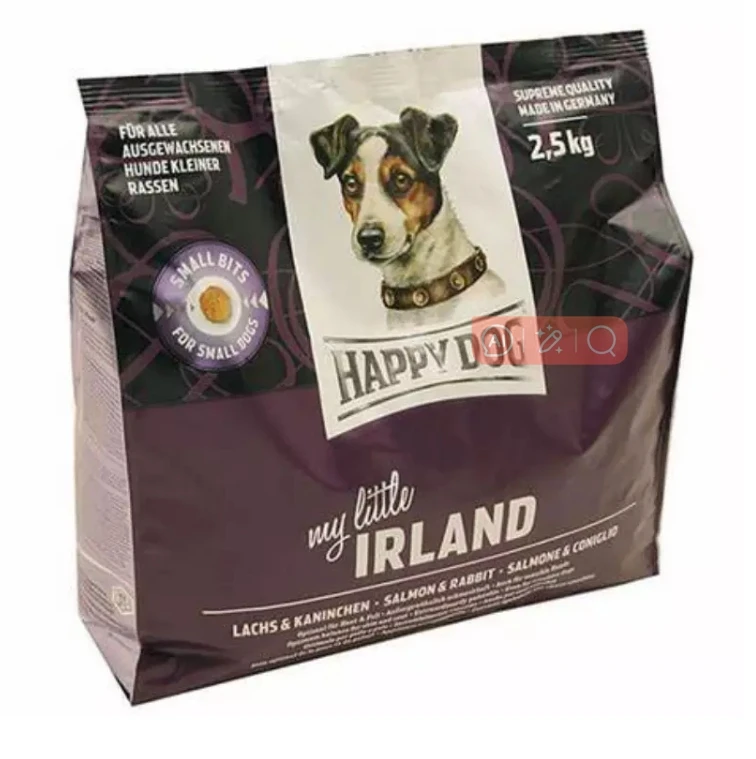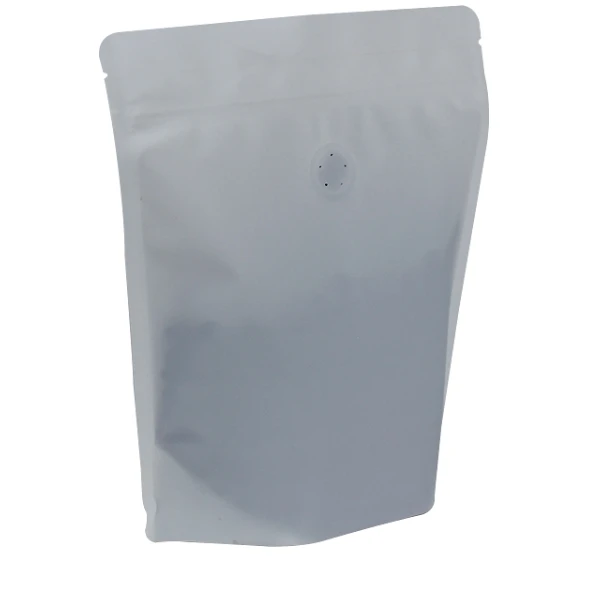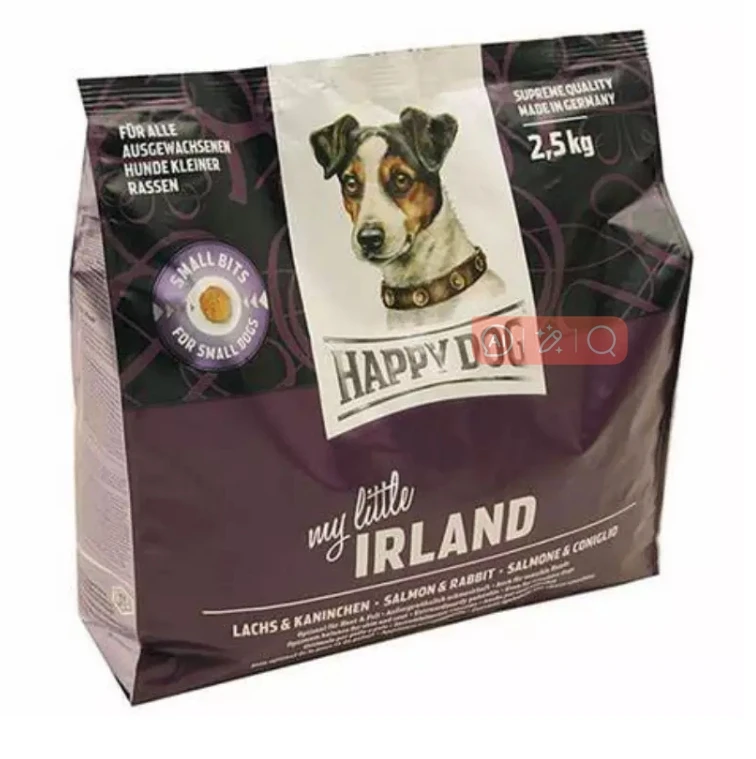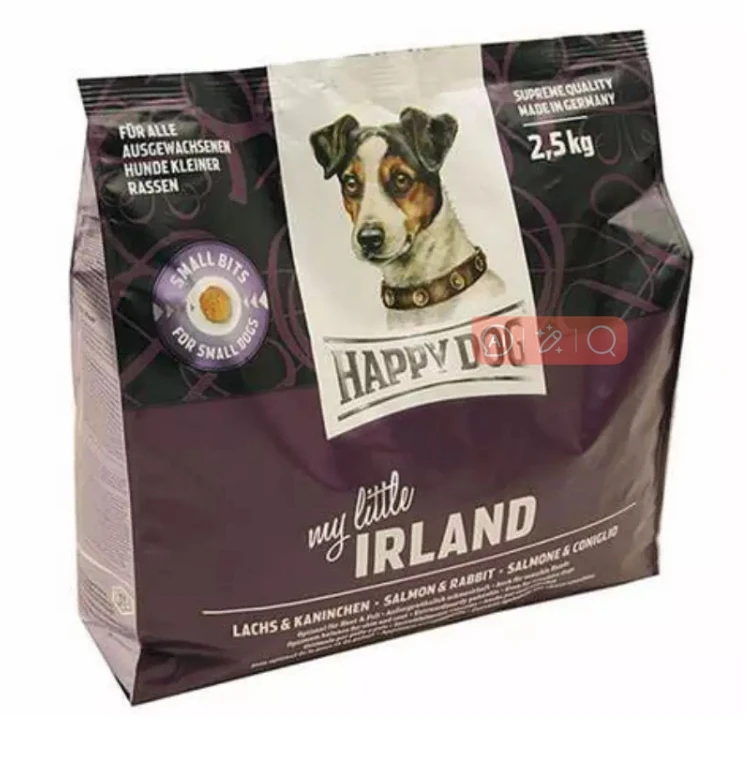- Afrikaans
- Albanian
- Amharic
- Arabic
- Armenian
- Azerbaijani
- Basque
- Belarusian
- Bengali
- Bosnian
- Bulgarian
- Catalan
- Cebuano
- chinese_simplified
- chinese_traditional
- Corsican
- Croatian
- Czech
- Danish
- Dutch
- English
- Esperanto
- Estonian
- Finnish
- French
- Frisian
- Galician
- Georgian
- German
- Greek
- Gujarati
- haitian_creole
- hausa
- hawaiian
- Hebrew
- Hindi
- Miao
- Hungarian
- Icelandic
- igbo
- Indonesian
- irish
- Italian
- Japanese
- Javanese
- Kannada
- kazakh
- Khmer
- Rwandese
- Korean
- Kurdish
- Kyrgyz
- Lao
- Latin
- Latvian
- Lithuanian
- Luxembourgish
- Macedonian
- Malgashi
- Malay
- Malayalam
- Maltese
- Maori
- Marathi
- Mongolian
- Myanmar
- Nepali
- Norwegian
- Norwegian
- Occitan
- Pashto
- Persian
- Polish
- Portuguese
- Punjabi
- Romanian
- Russian
- Samoan
- scottish-gaelic
- Serbian
- Sesotho
- Shona
- Sindhi
- Sinhala
- Slovak
- Slovenian
- Somali
- Spanish
- Sundanese
- Swahili
- Swedish
- Tagalog
- Tajik
- Tamil
- Tatar
- Telugu
- Thai
- Turkish
- Turkmen
- Ukrainian
- Urdu
- Uighur
- Uzbek
- Vietnamese
- Welsh
- Bantu
- Yiddish
- Yoruba
- Zulu
The Secret Tactics Behind Pet Food Packaging Bags Designs
Pet food packaging is more than just a container for pet food; it's a powerful marketing tool that can significantly influence buyers' decisions. Understanding the psychology behind pet food packaging can help wholesalers and manufacturers create more appealing and effective packaging solutions.
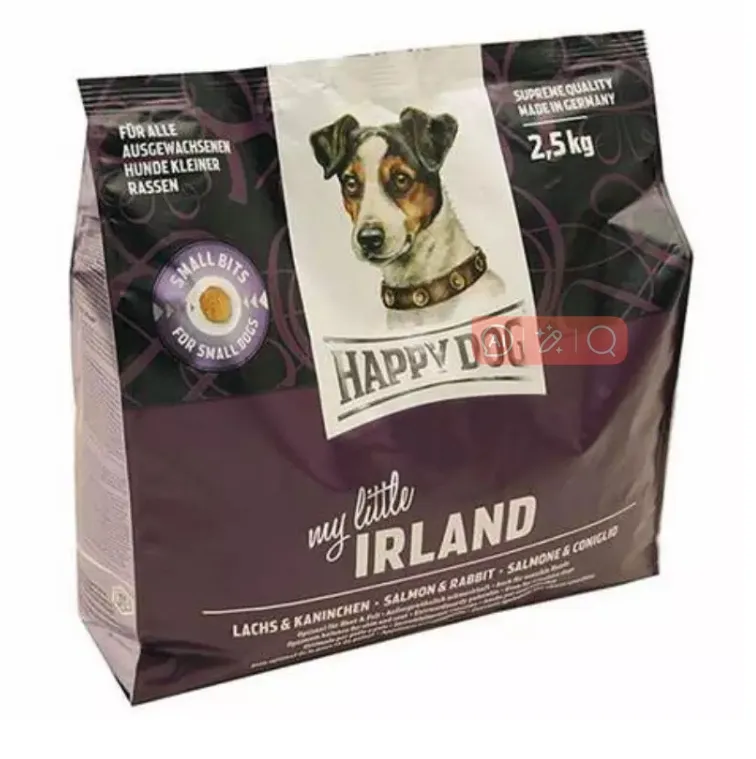
The Role of Color in Pet Food Packaging Bags
Colors play a crucial role in attracting consumers' attention and influencing their purchasing decisions. Pet food pouches and pet food bags often use vibrant and appealing colors to catch the eye of pet owners. For instance, bright reds and yellows can evoke feelings of energy and warmth, while greens and blues are often associated with natural and healthy products. When choosing colors for pet food packaging bags, it is essential to consider the target audience and the message the brand wants to convey. For example, a brand targeting eco-conscious pet owners might opt for earthy tones and green hues to emphasize the natural and sustainable aspects of their pet food packaging bag. Additionally, using contrasting colors can make the packaging stand out on crowded store shelves, increasing the likelihood of a purchase.
The Impact of Color on Consumer Perception
The impact of color on consumer perception cannot be overstated. Studies have shown that colors can influence emotions and trigger specific reactions. For example, the color green is often used in pet food pouches to suggest that the product is organic or natural. This association can lead consumers to perceive the pet food as healthier and more beneficial for their pets. Similarly, the use of blue can convey a sense of trust and reliability, which is important for pet owners who want to ensure they are providing the best possible food for their pets. By carefully selecting colors that align with the brand's values and the product's characteristics, manufacturers can create a powerful connection with consumers through their pet food packaging bag.
The Influence of Color on Brand Recognition
Color is also a key factor in brand recognition. Consistent use of specific colors in pet food packaging can help build brand identity and make the product more recognizable to consumers. For example, if a brand consistently uses a particular shade of orange for its pet food pouches, pet owners will begin to associate that color with the brand. This association can lead to increased loyalty and repeat purchases. Additionally, using a unique color combination can help a brand stand out from its competitors. For instance, a pet food packaging bag that uses a bold and vibrant color scheme may catch the eye of consumers more effectively than a package with a more subdued design.
The Psychological Effects of Color in Marketing
From a marketing perspective, the psychological effects of color are critical. Colors can influence consumers' perceptions of a product's quality and value. For example, using high-quality inks and vibrant colors in pet food pouches can give the impression that the product inside is of superior quality. This perception can lead consumers to be more willing to pay a premium price for the pet food. Additionally, colors can create a sense of urgency or excitement. For instance, using bright and bold colors in limited edition packaging can create a sense of exclusivity and encourage consumers to make a purchase quickly. By understanding the psychological effects of color, manufacturers can create more effective pet food packaging that drives sales and builds brand loyalty.
The Power of Design in Pet Food Packaging Bags
The design of pet food packaging is equally important in influencing consumer behavior. A well-designed pet food packaging bag can communicate key information about the product and create an emotional connection with the consumer. Effective design elements include the use of high-quality images, clear and concise text, and innovative packaging features.
High-Quality Images and Visuals
Using high-quality images and visuals on pet food pouches can make a significant difference in attracting consumers. High-resolution images of happy, healthy pets can evoke an emotional response from pet owners, making them more likely to choose that product. Additionally, using images of the actual pet food inside the package can give consumers a clear idea of what they are purchasing. For example, a pet food packaging bag that features a clear window showing the kibble inside can help build trust with the consumer. This transparency can make the product seem more authentic and reliable.
Clear and Concise Text
Clear and concise text is essential for effective pet food packaging. Consumers want to know what they are buying, and providing detailed information about the product can help build trust and credibility. Key information to include on pet food pouches includes the ingredients, nutritional information, feeding guidelines, and any certifications or endorsements. Using easy-to-read fonts and clear language can make this information more accessible to consumers. Additionally, including a tagline or slogan that highlights the benefits of the product can help create a memorable impression.
Innovative Packaging Features
Innovative packaging features can also make a pet food packaging bag more appealing to consumers. For example, resealable zippers, easy-tear notches, and stand-up pouches can make the packaging more convenient and user-friendly. These features can also enhance the perceived value of the product. For instance, a pet food pouch with a resealable zipper can help keep the food fresh longer, which is a significant benefit for pet owners. Additionally, stand-up pouches can make the packaging more stable and visually appealing on store shelves.
The Importance of Customization in Pet Food Packaging Bags
Customization is a key factor in creating effective pet food packaging. By offering customized pet food pouches and pet food bags, manufacturers can meet the specific needs of their clients and create packaging that stands out from the competition.
Customized Material Choices
Offering a variety of material choices for pet food packaging can help meet different client requirements. For example, some clients may prefer eco-friendly materials, while others may prioritize durability and moisture resistance. By providing options such as PET, PA, PE, BOPP, CPP, VMPET, and foil, manufacturers can ensure that their clients can choose the best material for their specific needs. These materials are all food-grade and compliant with EU and FDA standards, ensuring the safety and quality of the packaging.
Customized Printing and Design
Customized printing and design options can make pet food pouches more unique and appealing. High-quality printing with up to 10-color gravure printing can create vibrant and detailed designs that catch the eye of consumers. Additionally, offering matte or gloss printing options can enhance the visual appeal of the packaging. Customized designs can also include logos, brand names, and other branding elements, helping to build brand recognition and loyalty.
Customized Packaging Sizes and Shapes
Customized packaging sizes and shapes can also make a significant difference in the effectiveness of pet food packaging. By offering a range of sizes, from small pet treat bags to larger pet food bags, manufacturers can meet the needs of different pet owners. Additionally, offering unique shapes such as side gusset pouches can make the packaging more visually appealing and functional. Customized sizes and shapes can also help differentiate a product from its competitors on store shelves.
The Role of Sustainability in Pet Food Packaging Bags
Sustainability is becoming an increasingly important factor for consumers when choosing pet food products. By incorporating sustainable materials and practices into pet food packaging, manufacturers can appeal to eco-conscious consumers and contribute to a healthier planet.
Eco-Friendly Materials
Using eco-friendly materials in pet food packaging can help reduce the environmental impact of the packaging. For example, choosing biodegradable or recyclable materials can make the packaging more sustainable. Additionally, using materials that are sourced responsibly can help ensure that the packaging is produced in an environmentally friendly way. By offering eco-friendly options, manufacturers can appeal to consumers who are concerned about the environment and want to make more sustainable choices.
Sustainable Practices
In addition to using eco-friendly materials, incorporating sustainable practices into the production process can also make a difference. For example, using energy-efficient equipment and minimizing waste can help reduce the environmental footprint of pet food packaging. Additionally, working with suppliers who prioritize sustainability can help ensure that the entire supply chain is eco-friendly. By adopting sustainable practices, manufacturers can create packaging that is not only functional but also environmentally responsible.
Communicating Sustainability
Effectively communicating the sustainability of pet food packaging is also crucial. By highlighting eco-friendly materials and sustainable practices on the packaging, manufacturers can inform consumers about the environmental benefits of the product. For example, including labels such as "recyclable" or "made from sustainable materials" can help build trust with eco-conscious consumers. Additionally, providing information about the company's sustainability initiatives can help create a positive image and encourage consumers to choose the product.
FAQ: About Customized Pet Food Packaging Bags
What are the benefits of customized pet food packaging bags?
Customized pet food packaging offers several benefits. It allows manufacturers to create unique and visually appealing packaging that stands out on store shelves. Additionally, customized packaging can meet specific client requirements, such as material choices, printing options, and packaging sizes. This flexibility can help manufacturers create packaging that is tailored to their clients' needs and preferences.
How can customized pet food packaging bags help build brand recognition?
Customized pet food packaging can help build brand recognition by incorporating unique design elements and branding features. For example, using a consistent color scheme, logo, and design style can help create a memorable brand identity. Additionally, offering high-quality printing and innovative packaging features can enhance the perceived value of the product, making it more appealing to consumers.
What materials are available for customized pet food packaging bags?
All of these materials are food-grade and compliant with EU and FDA standards, ensuring the safety and quality of the packaging. Additionally, manufacturers can offer eco-friendly material options to meet the needs of clients who prioritize sustainability.
Can customized pet food packaging bags be printed with multiple colors?
Yes, customized pet food packaging can be printed with multiple colors. High-quality printing with up to 10-color gravure printing can create vibrant and detailed designs that catch the eye of consumers. Additionally, manufacturers can offer matte or gloss printing options to enhance the visual appeal of the packaging. Customized printing can also include logos, brand names, and other branding elements, helping to build brand recognition and loyalty.
What are the minimum order quantities for customized pet food packaging bags?
The minimum order quantity for customized pet food packaging is typically 500 pieces. This low MOQ allows manufacturers to offer customized packaging options to a wider range of clients, including small and medium-sized businesses
Wholesalers and manufacturers can benefit significantly from understanding the psychology of pet food packaging. By using the right colors, designs, and customization options, they can create packaging that appeals to consumers and drives sales. We encourage everyone to order our customized pet food packaging solutions to enhance their product offerings and build stronger connections with their customers. Our company offers premium printing quality, a wide range of material choices, and professional service to ensure that our clients receive the best possible packaging solutions at competitive prices.





